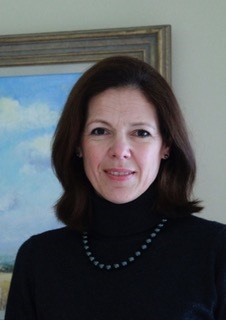We will chart the rise of St Ives as a centre for modern art and how it become a focal point for post-war Avant Garde art.
The arrival of Ben Nicholson, Barbara Hepworth and Naum Gabo in St Ives at the beginning of the Second World War marked a significant moment, both for them and for the artists already living and working in the small Cornish town. These three artists were key players in British modernism and soon challenged the status quo of the existing artists’ colony, established at the end of the 19th century. They inspired and, in Hepworth’s case employed, a younger generation of artists before they too were challenged by new ideas. This lecture will chart the rise of St Ives as a centre for modern art after the war and show that it was not only Nicholson, Hepworth and Gabo who achieved international success but other artists such as Peter Lanyon, Roger Hilton, Terry Frost and Wilhemena Barns Graham. This success led to the town becoming a focal point for post-war avant garde art which led the eyes of the modern art world to focus, for a brief period, on St Ives.
How to book this event:
Guests are welcome for a fee of £10 payable on the night but please contact our Membership Secretary at shahazhanchoudhury@yahoo.co.uk to make sure we have space.
THE ARTS SOCIETY ACCREDITED LECTURER

Mrs Sarah Burles
Sarah Burles studied History of Art at Cambridge University before doing a master’s degree at University College London. She went on to have a career in museum and gallery education, establishing new services in three different museums before working at the Fitzwilliam Museum for many years.
Sarah is the founder of Cambridge Art Tours, which runs tours and courses in and around East Anglia. She is also a Tour Director for a travel company and has led tours to Italy, France, Germany, Belgium and America. At the start of the coronavirus pandemic, Sarah moved her work online, offering art history courses to audiences all over the world.
OTHER EVENTS
Steve King will continue the story he began with us in January 2024. This story features the music of the Beatles, The Rollings Stones and Bob Dylan.
A look at Louisiana, its history and impact on modern America.




